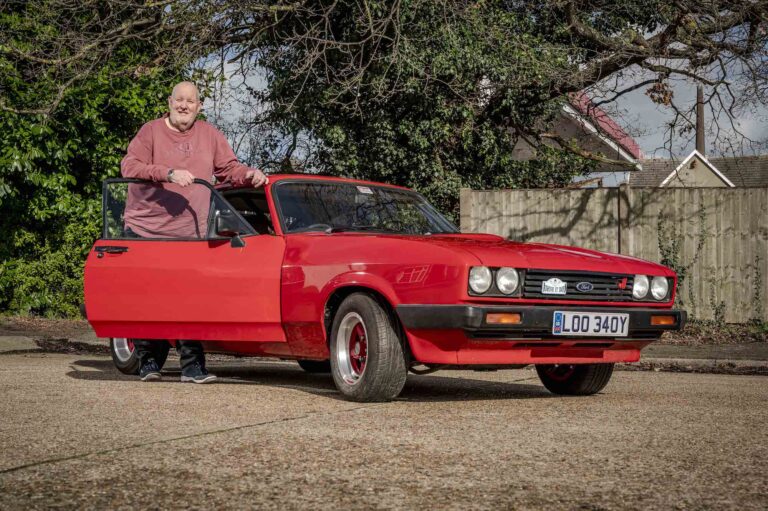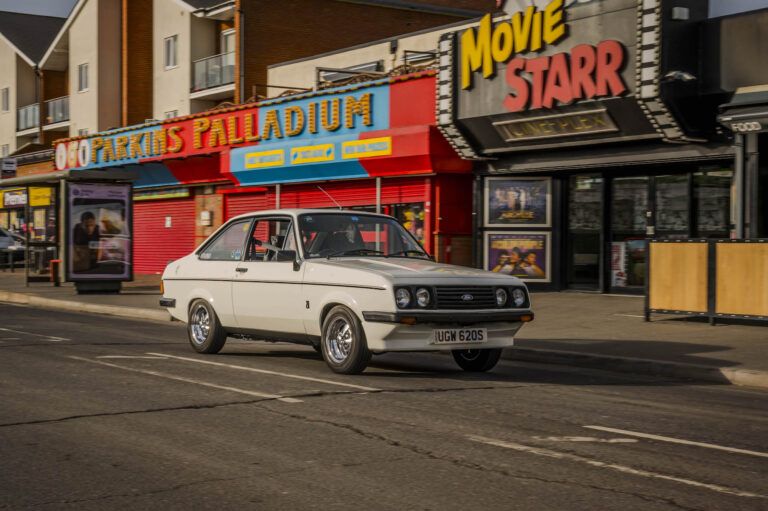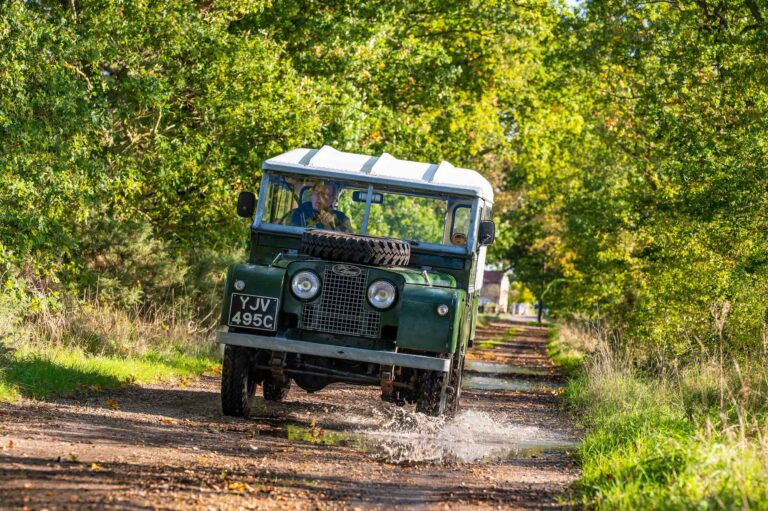One of David Hurst’s earliest memories is a trip home from the garage at the age of five in his grandfather’s brand new Land Rover Series IIA.
That was in May 1967, when arable farmer Cecil needed a replacement for his worn-out Series I.
More than 50 years on, and that same Land Rover – nicknamed Harry – is David’s pride and joy, a permanent reminder of a much-loved grandfather and a happy childhood spent messing about on his Essex farm.
It was the car in which David learned to drive, courted his future wife Jane, drove his own children to school, and now uses to help clear rubbish washed up on the sea wall near his home.
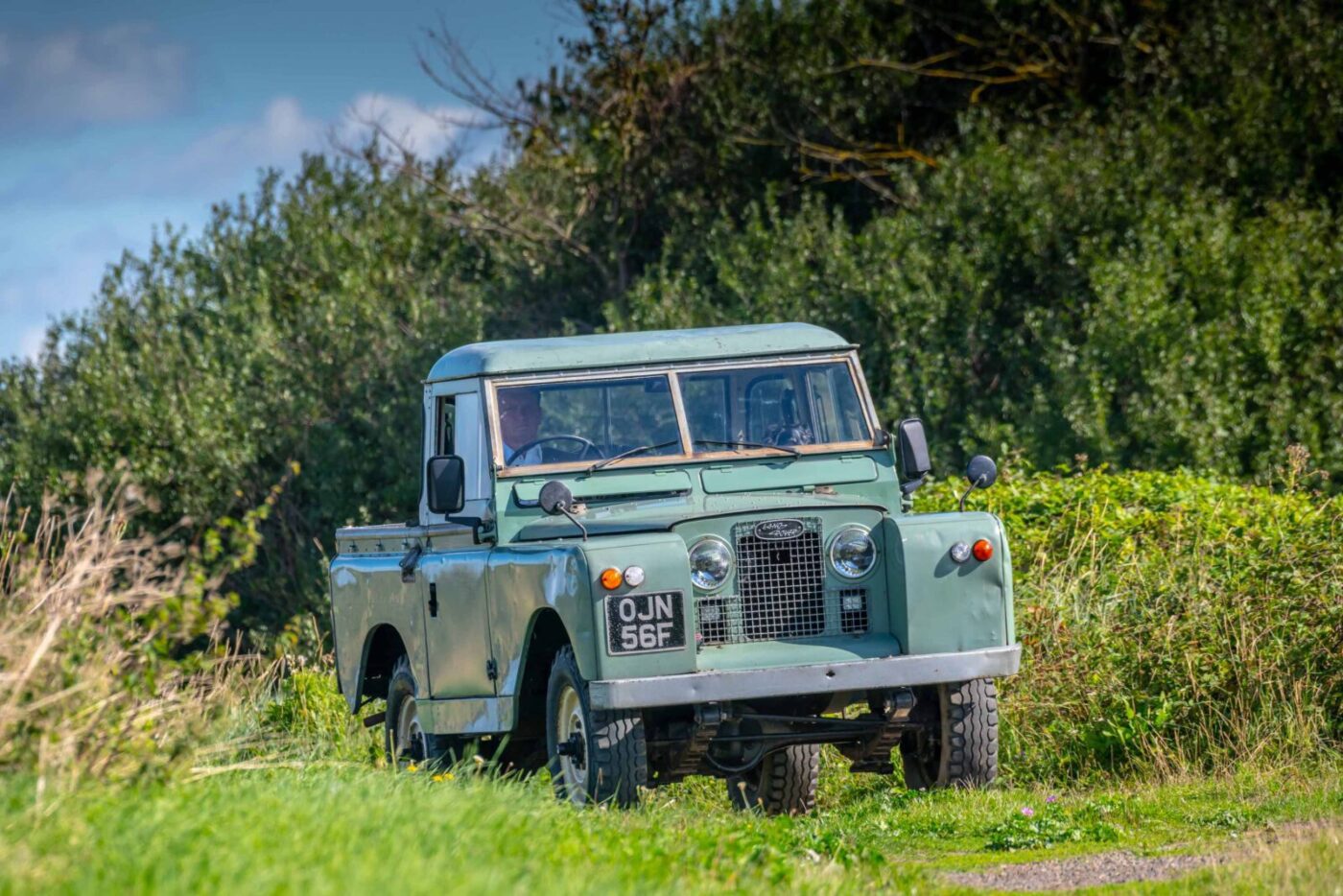
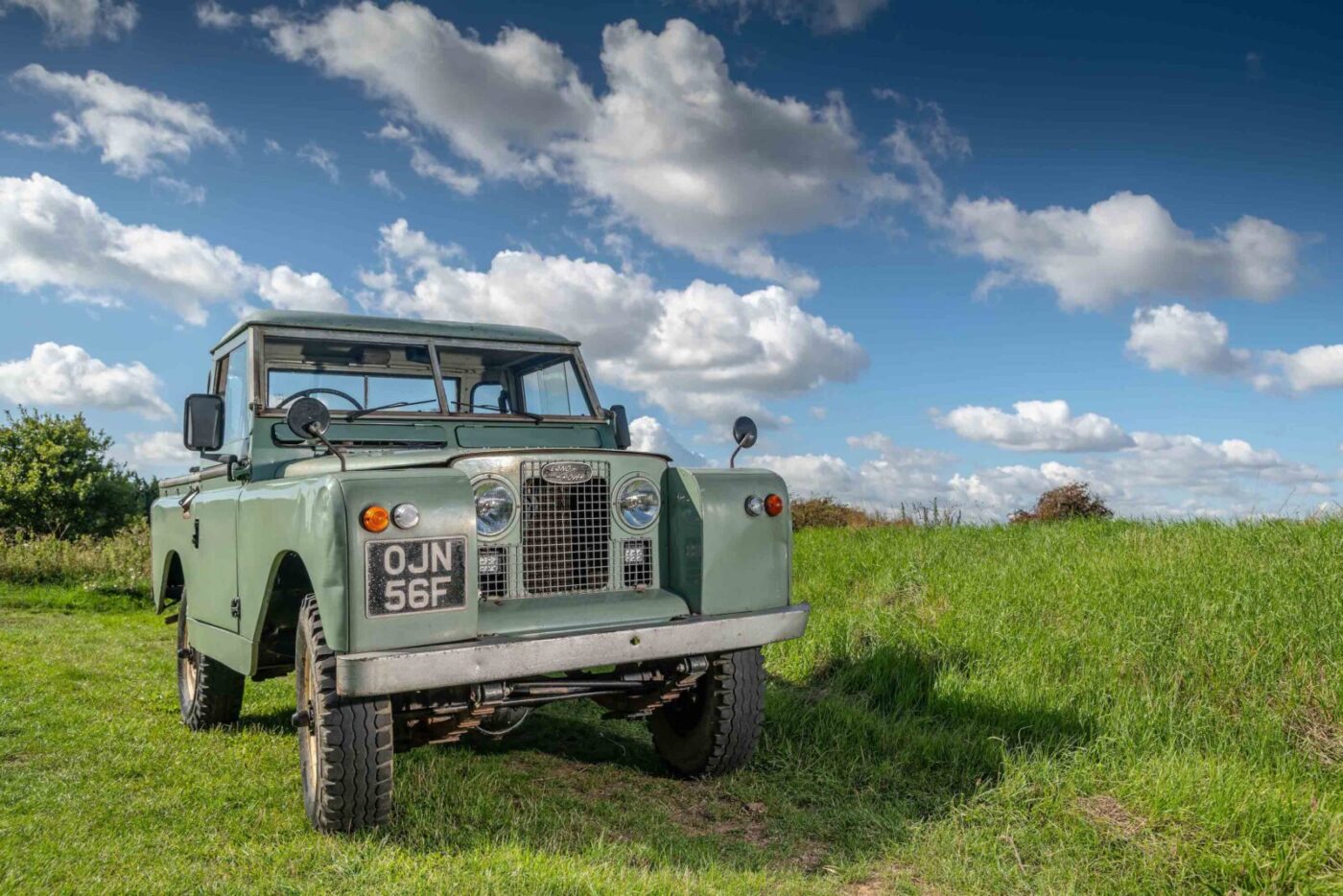
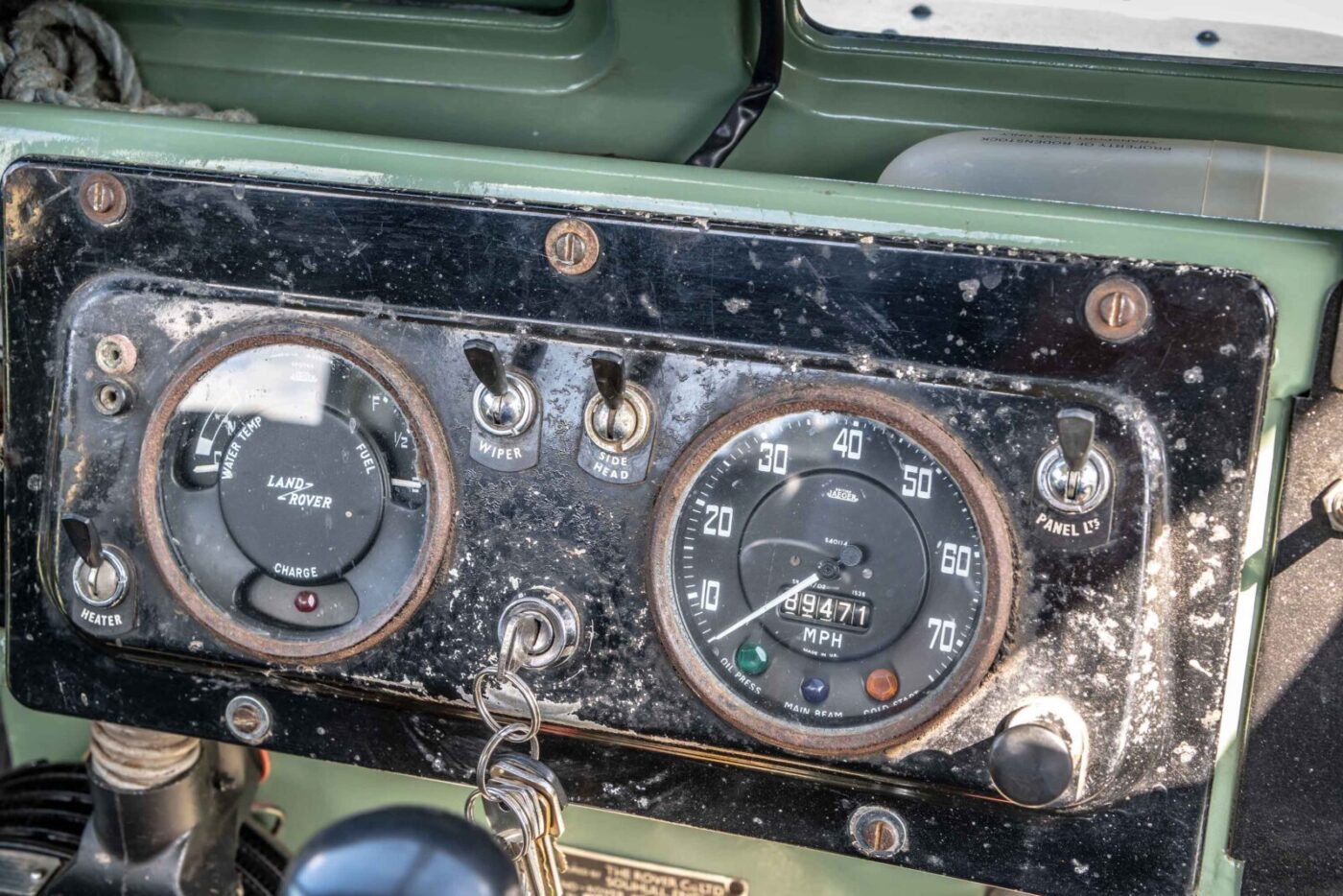
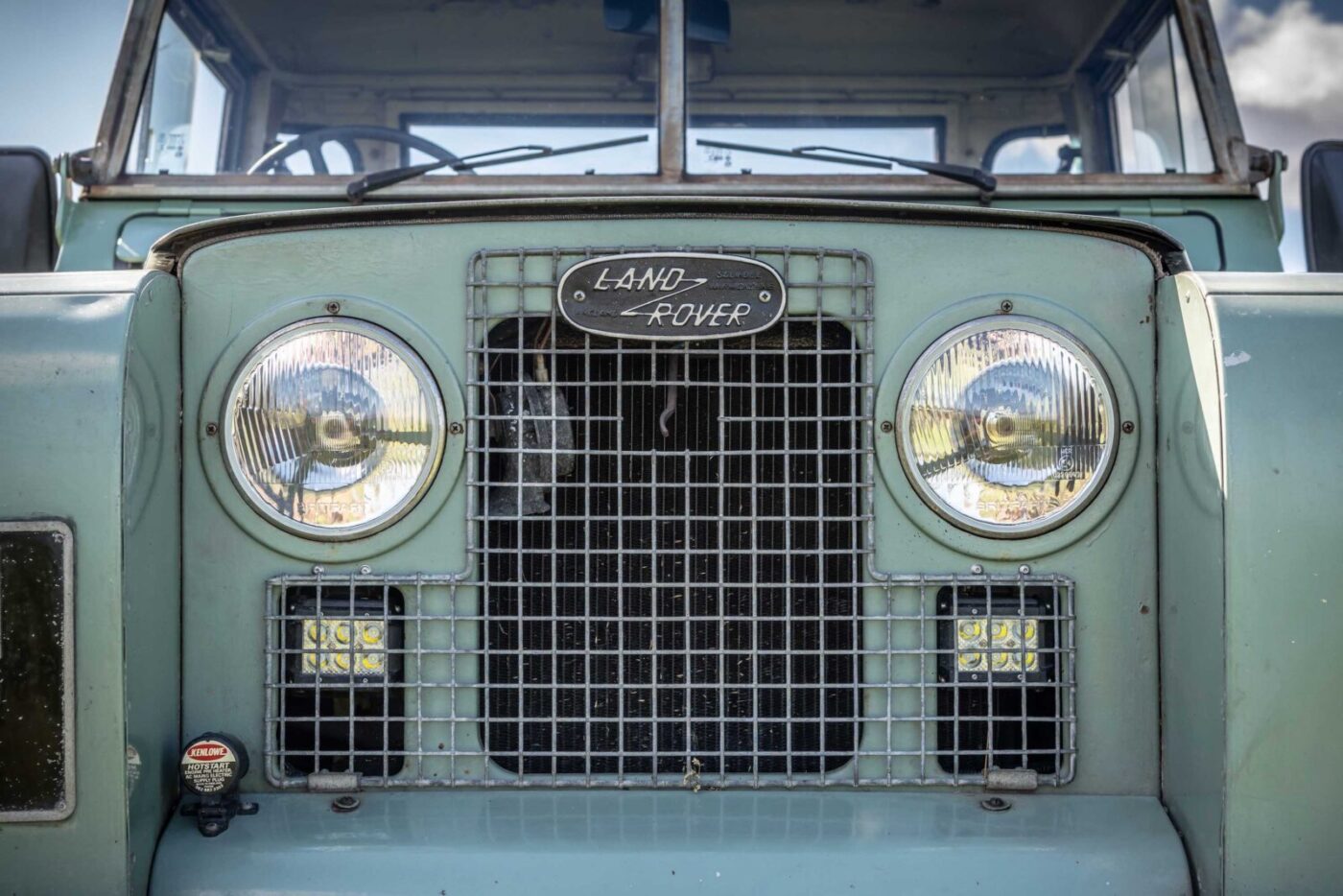
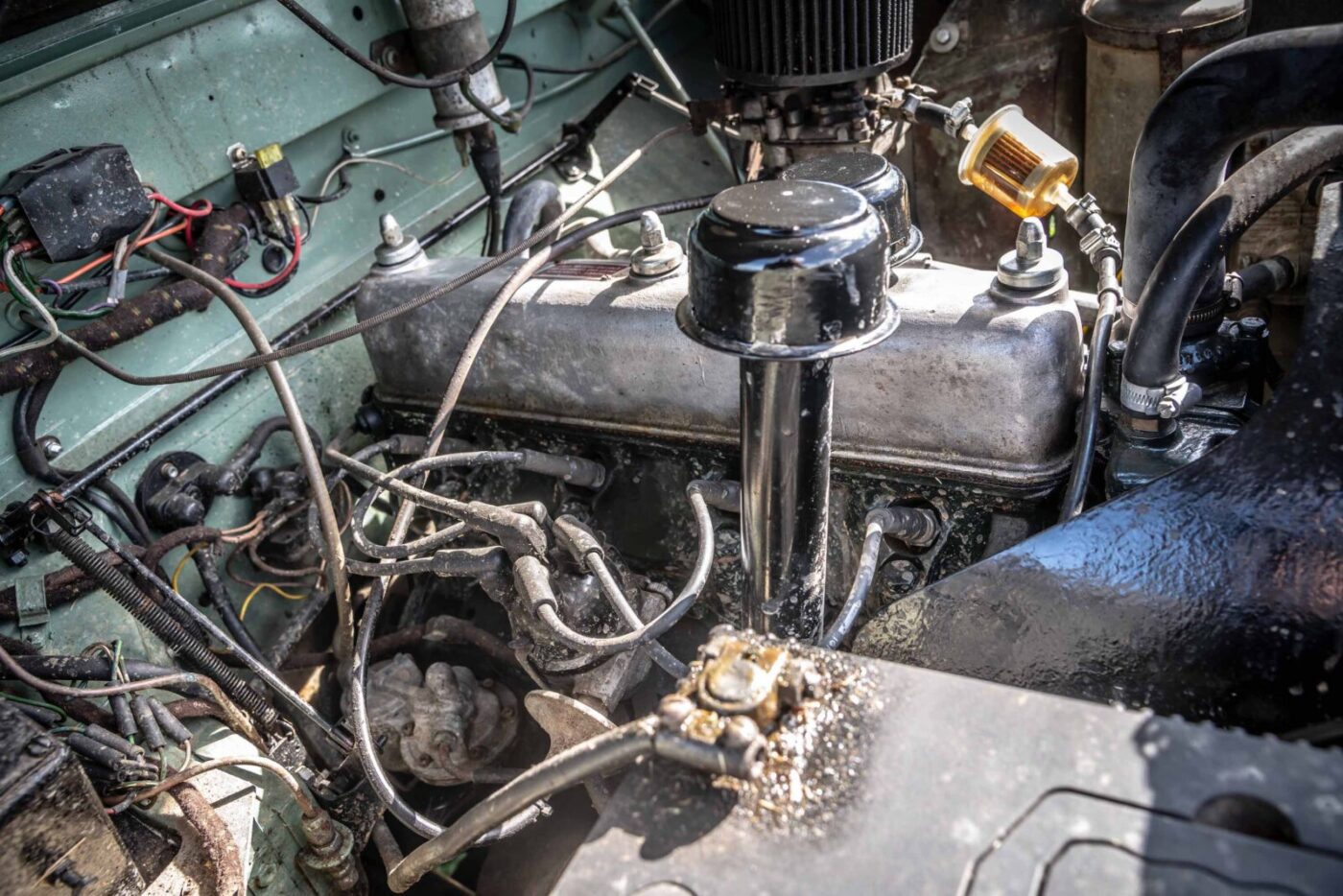
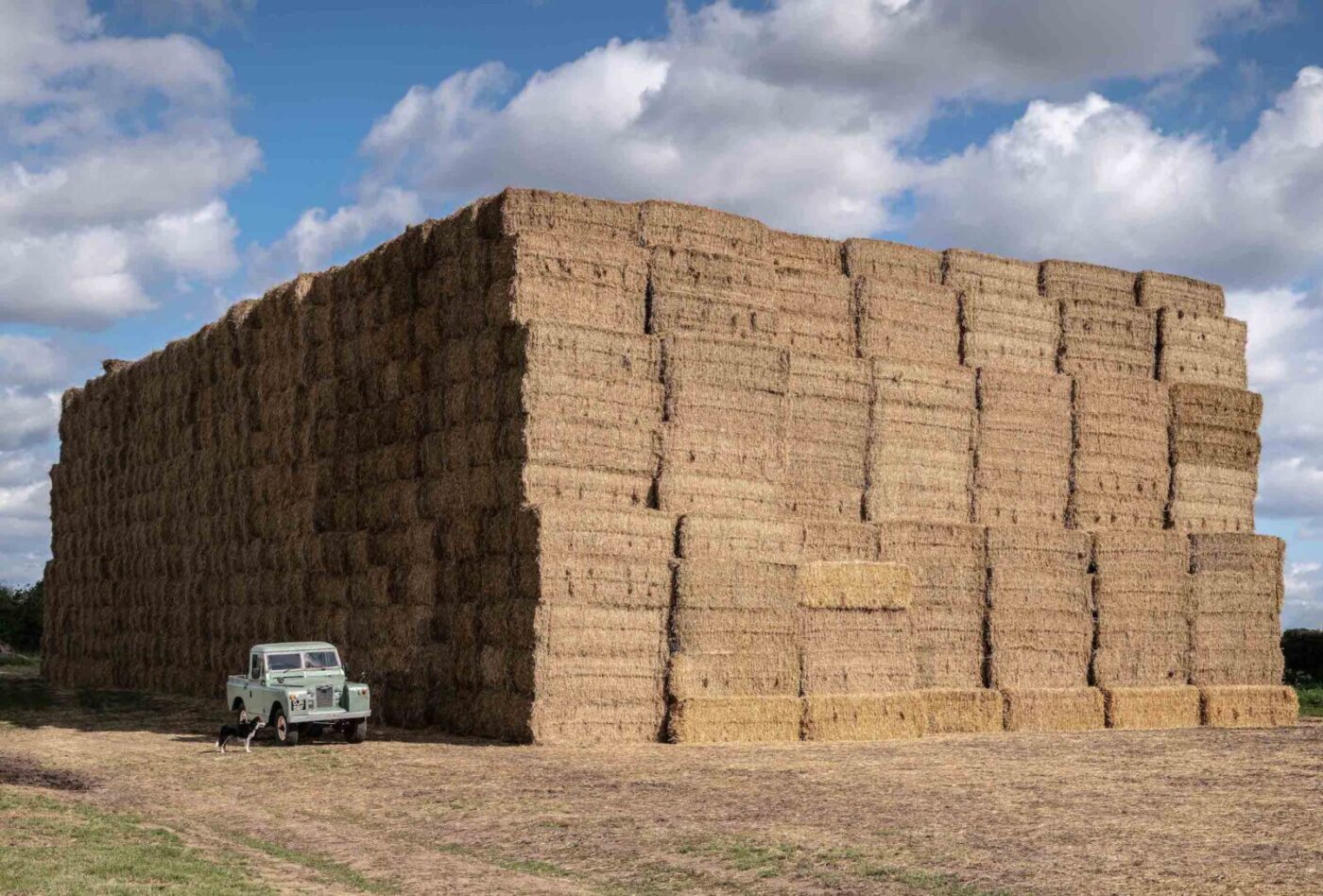
I loved being in it
“I loved being in it, it was fantastic,” says David, 56. “There was always a dog treading on you in the passenger seat, and driving it now is a constant reminder of those days.
“The immense heat inside in warm weather, the smell of it, the smell of the oil, the fumes, it brings it all back.
“I think it would be fair to say it would be one of the last possessions that I would want to part with. It’s my pride and joy.”
After several years as a passenger, David remembers taking over at the wheel “as soon as my legs were long enough to reach the pedals”.
“I learned to drive on it on the farm, probably from the age of about 12,” says the father-of-two. “I’d occasionally have a go in a tractor or on a motorcycle – I would jump on anything I got a chance to – but the Land Rover was my main interest.
“I remember I was shown how to drive it in the middle of a large field. It was harvest time and they had been combining and baling. I was given the keys, shown how to do it and spent the afternoon driving round and round bales of straw in a field. It was fantastic.
READ MORE ABOUT SOME OF OUR GREATEST CLASSIC CARS WITH

A series of articles on our Cult Classics site.
Driving around the farmyard
“As my grandfather got older, he would rest after his lunch and, at weekends, he’d give me the keys to drive around the farmyard and the farm when nobody was about.”
All of which was no doubt great fun, but not the ideal preparation for taking a driving test in more regulated surroundings.
“I did fail my first test because I didn’t have any lessons, because I knew how to drive, which was an obvious folly,” says David.
“I was very surprised when I failed on everything – I remember it being a shock! If it had been driving through muddy fields or reversing a trailer I’d have had no problem whatsoever.”
The Series IIA Land Rover, produced for a decade from 1961, is regarded by many as the most rugged of the breed, and sales peaked at 60,000 a year in the late 1960s.
Manufactured in a variety of configurations, Cecil opted for a short wheel base soft-top with the thirsty 2.25-litre petrol engine (9mpg on a run…) used in the Series II, which produced a healthy 72bhp.
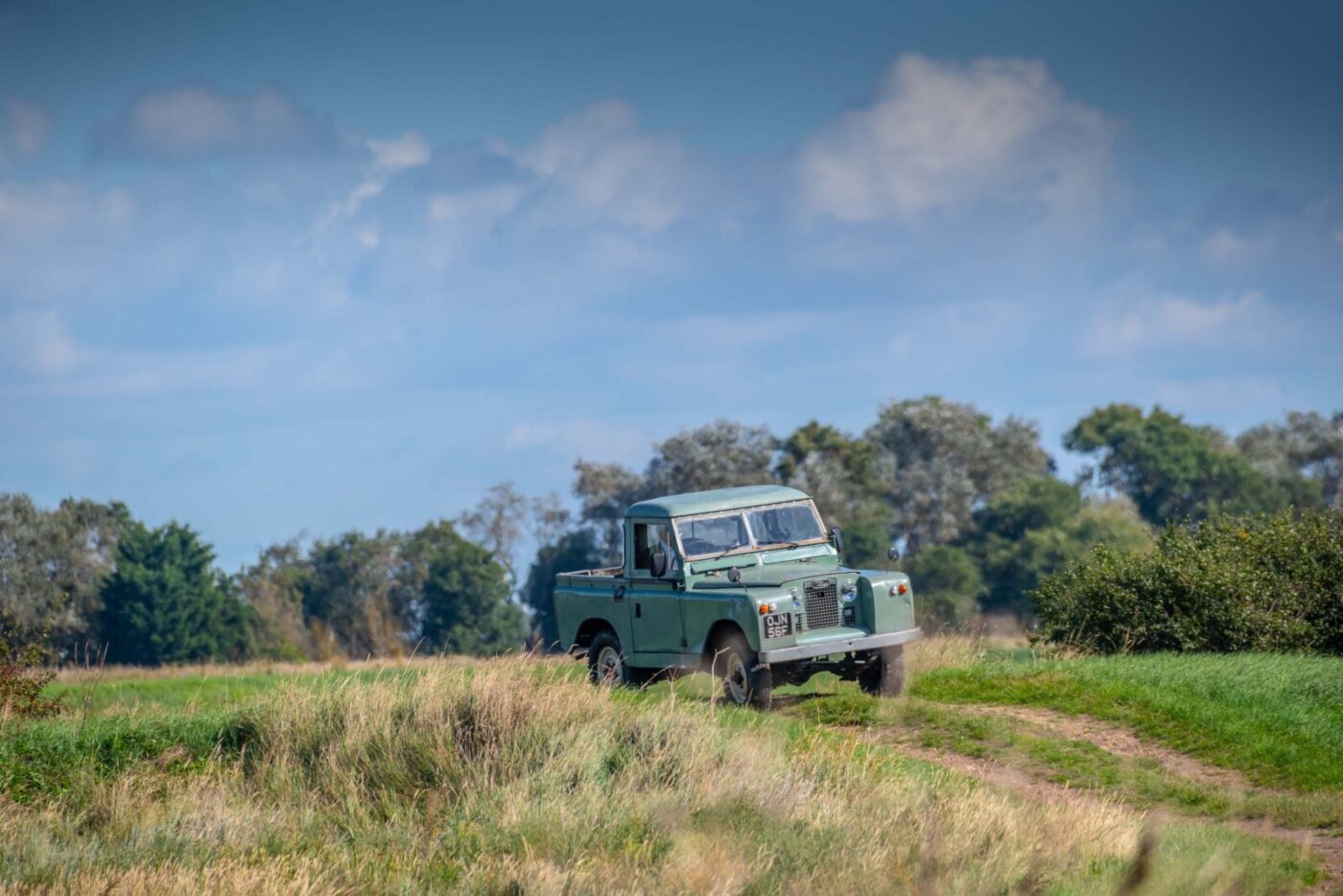
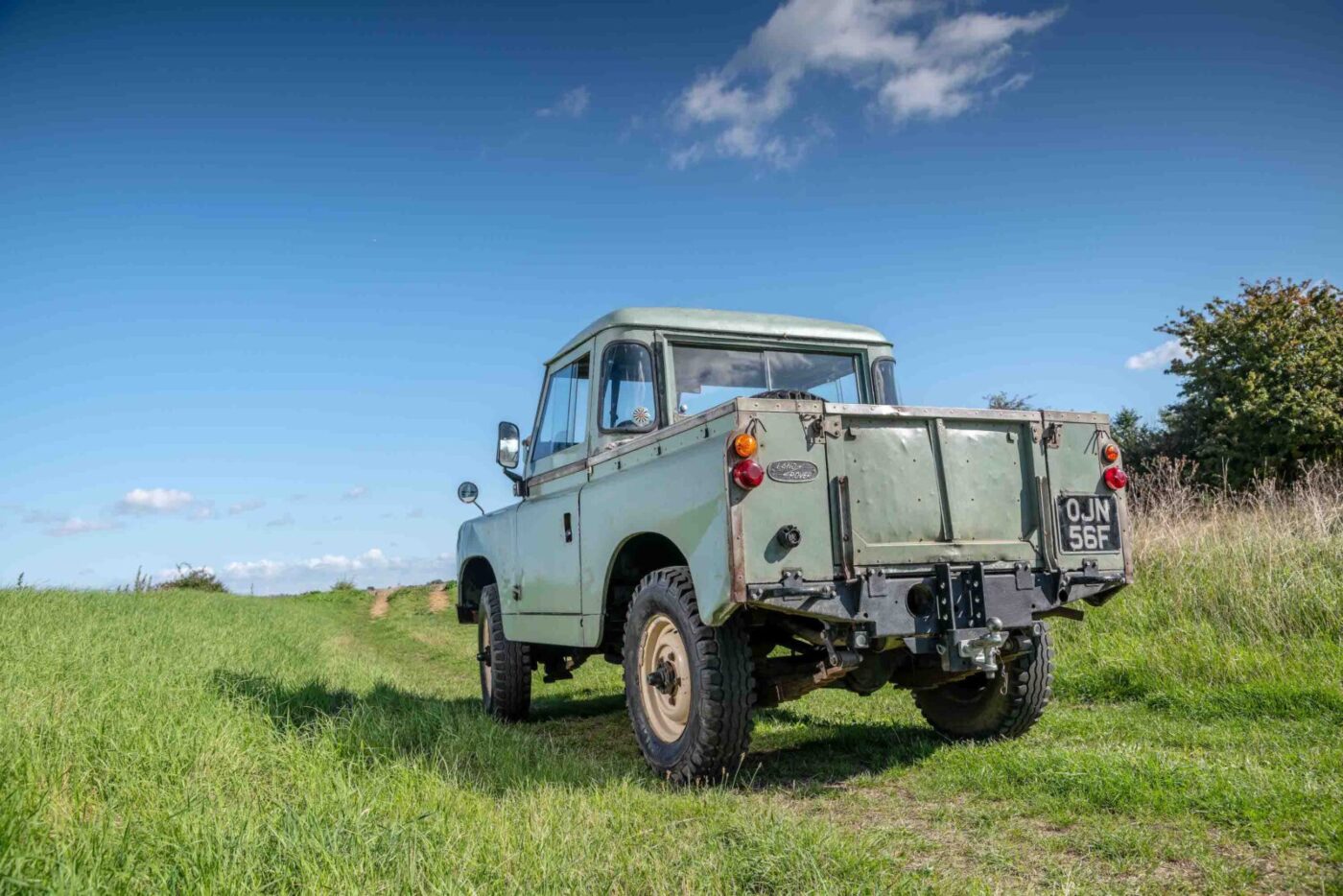
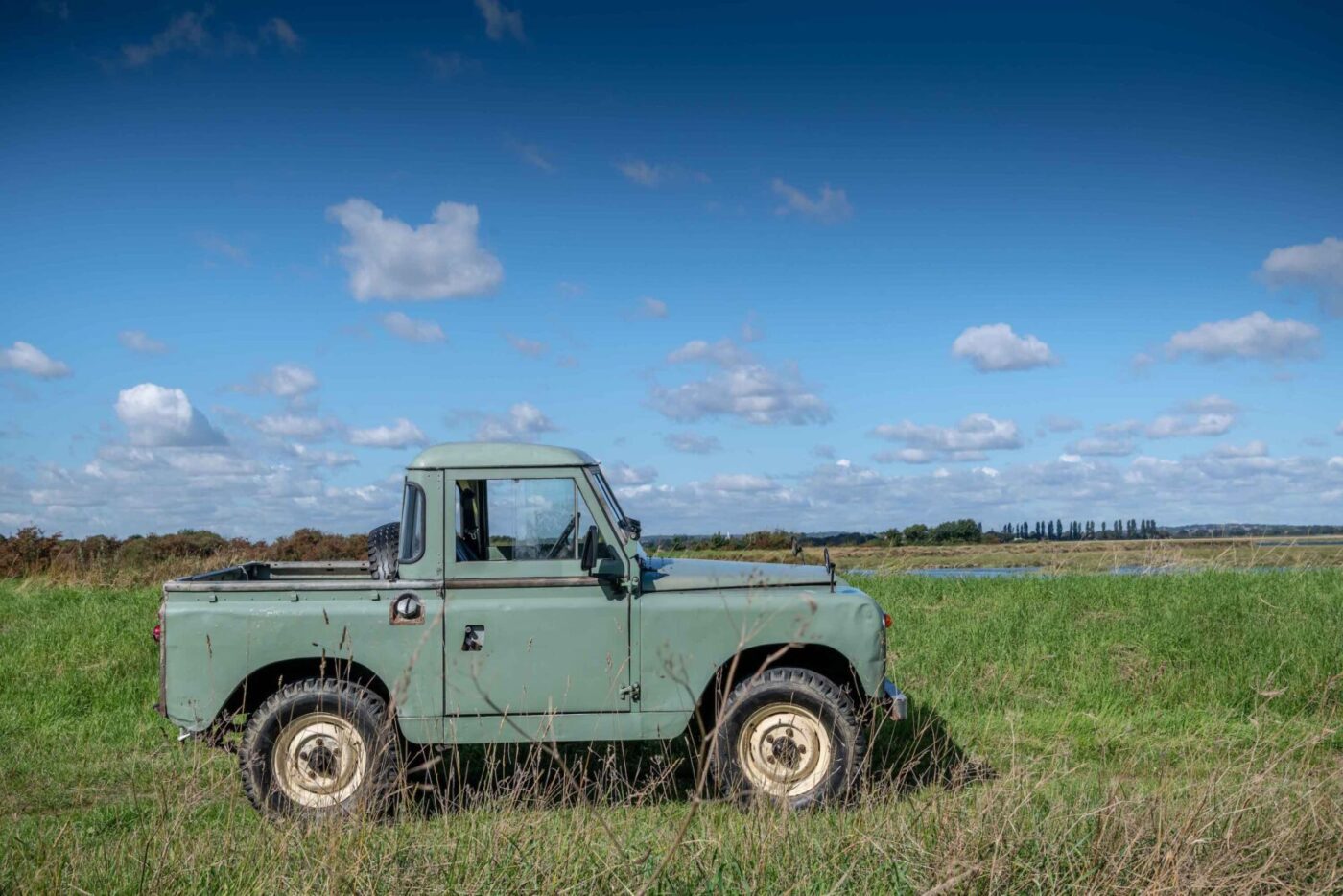
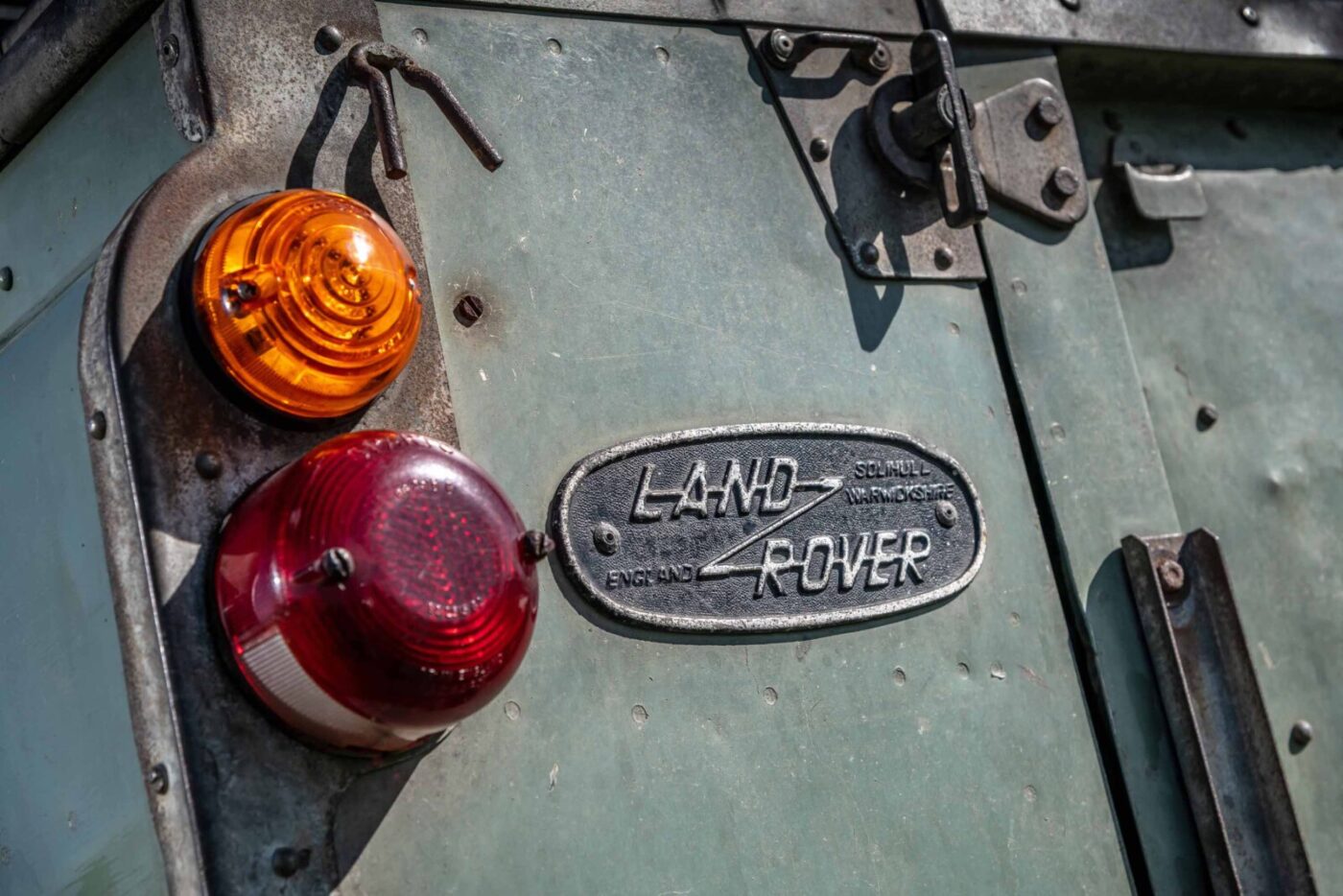
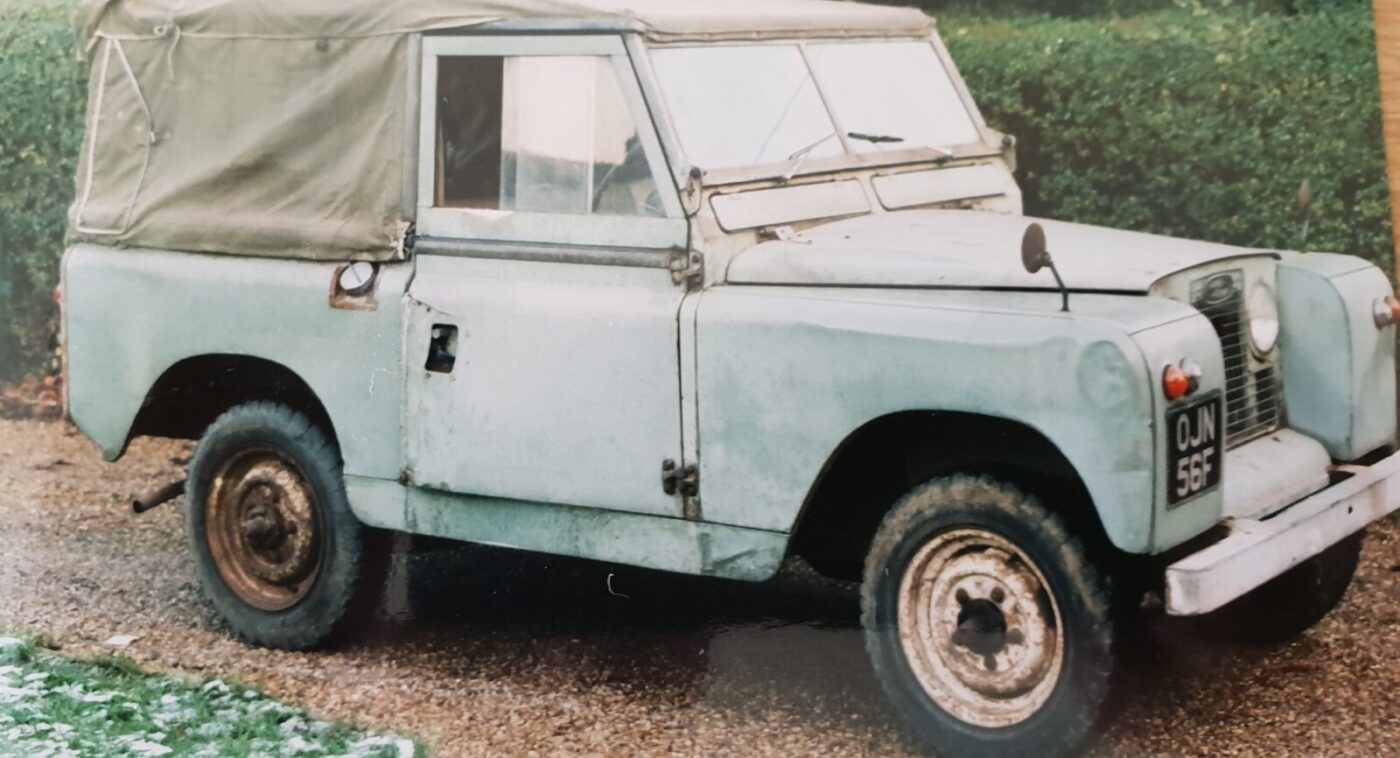
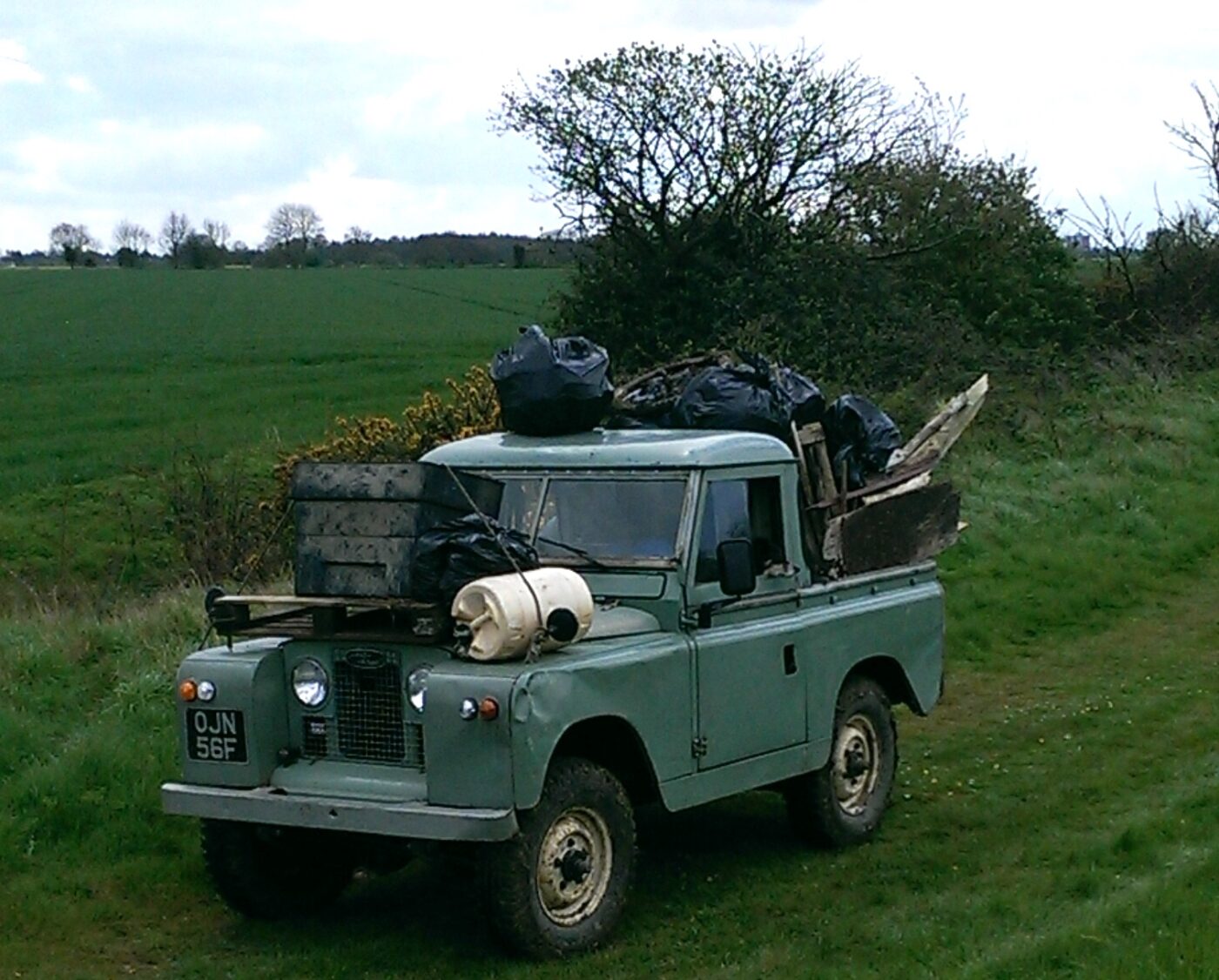
Turning circle of a tanker
With no synchromesh on first or second gears, obviously no power steering, and the “turning circle of a tanker”, according to David, the Landy required a combination of skill and muscle to drive.
Especially when it was laden with passengers…
“As a young man, I used to borrow it in the evenings and I think I picked up everybody – I managed to have about 10 people in it,” remembers David.
“It was probably nearly 40 years ago when I dropped off my now wife home after a day out. It was after that we started going out, so it also facilitated me eventually marrying my wife Jane.”
When Cecil started to slow down, the Land Rover was used less and less, and was eventually parked in a large cart lodge on the farm and slowly became covered with “stuff”.
That was 25 years ago and, after it had laid unused for few years, David approached his grandfather with a plan.
“I suggested to him that, as a project, we do it up,” he says. “We had a chap we knew was a bit of a mechanic and between the three of us we started refurbishing it.
“In those very early days it was not running and part of the floor pan had rotted. Sadly, he never lived to see the end of the project – he passed away when he was 93, when it was usable but pretty scruffy.
“He left me the Land Rover in his will. He had four other grandchildren, all girls, so I think it was kind of expected it would be left to me.”
81.5% of customers could get a cheaper quote over the phone
Protect your car with tailor-made classic car insurance, including agreed value cover and discounts for limited mileage and owners club discounts

When Harry met Sally
That was when the Land Rover became known as Harry.
“When I took ownership of it we also had another Land Rover, a 12-seater County 110, and that was called Sally, so it was when Harry met Sally,” says David, who added a truck cab to the back so his dogs wouldn’t jump out, brush painted the panels with the help of a friend in Land Rover green, and fitted seat belts to cater for his two young daughters’ car seats.
“The girls loved it when they were small, but then went through a bit of a stage when they refused to go to school when I took them in it,” he adds.
“Land Rovers have become a little bit cooler since then, and they’re a little older, so they like it again now.”
“Harry” was well-used over the next few years, with David starting a group to collect rubbish from the sea wall near his home in south east Essex about 15 years ago.
“Every six weeks or so we go out collecting rubbish that’s been washed up,” he says. “The Land Rover is used for transporting people along the sea wall where it’s hard to reach, and for carrying all the rubbish.
“We’ve collected an enormous amount of waste over the years, about 140 tons in total, and the council comes to collect it all on the Monday morning.”
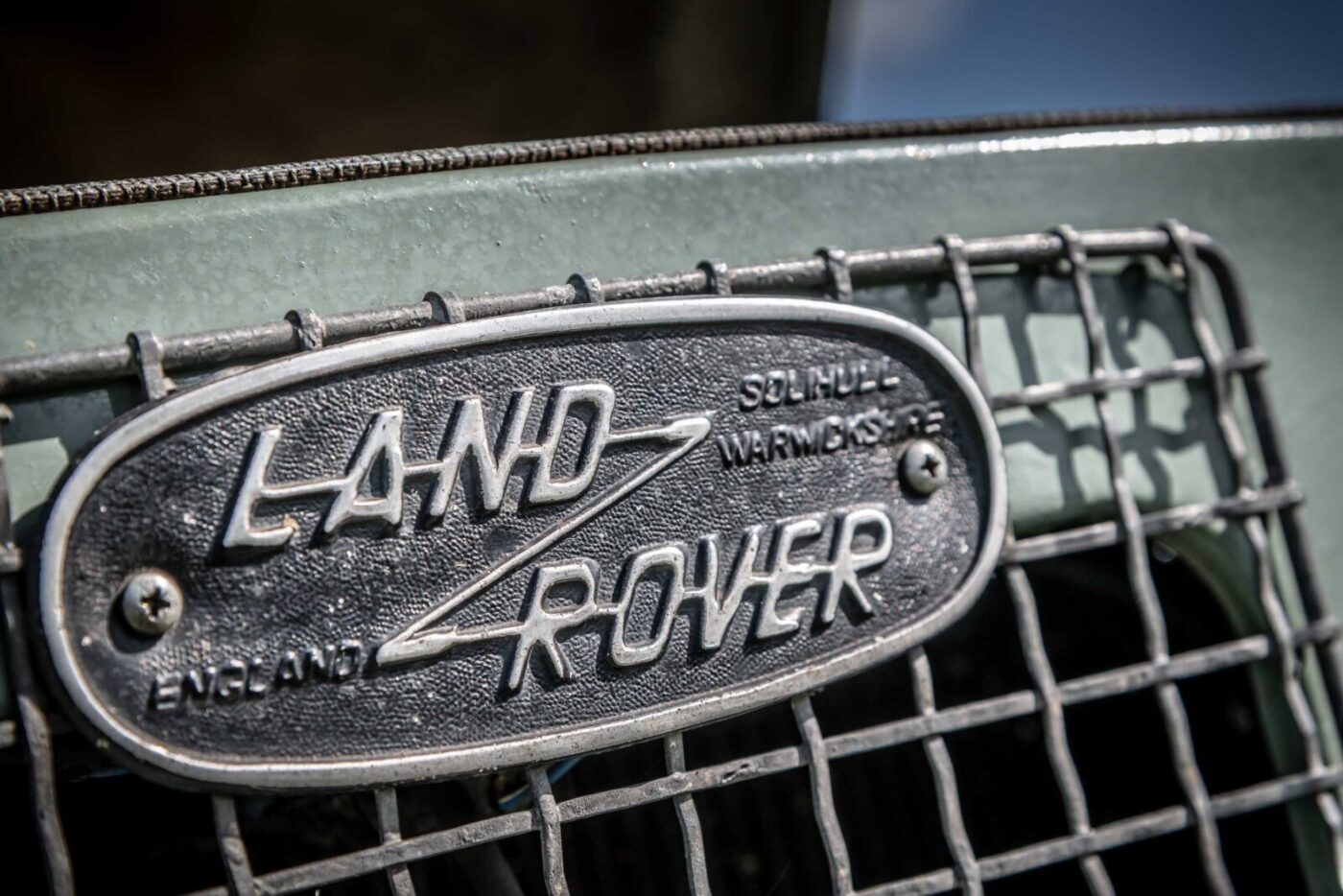
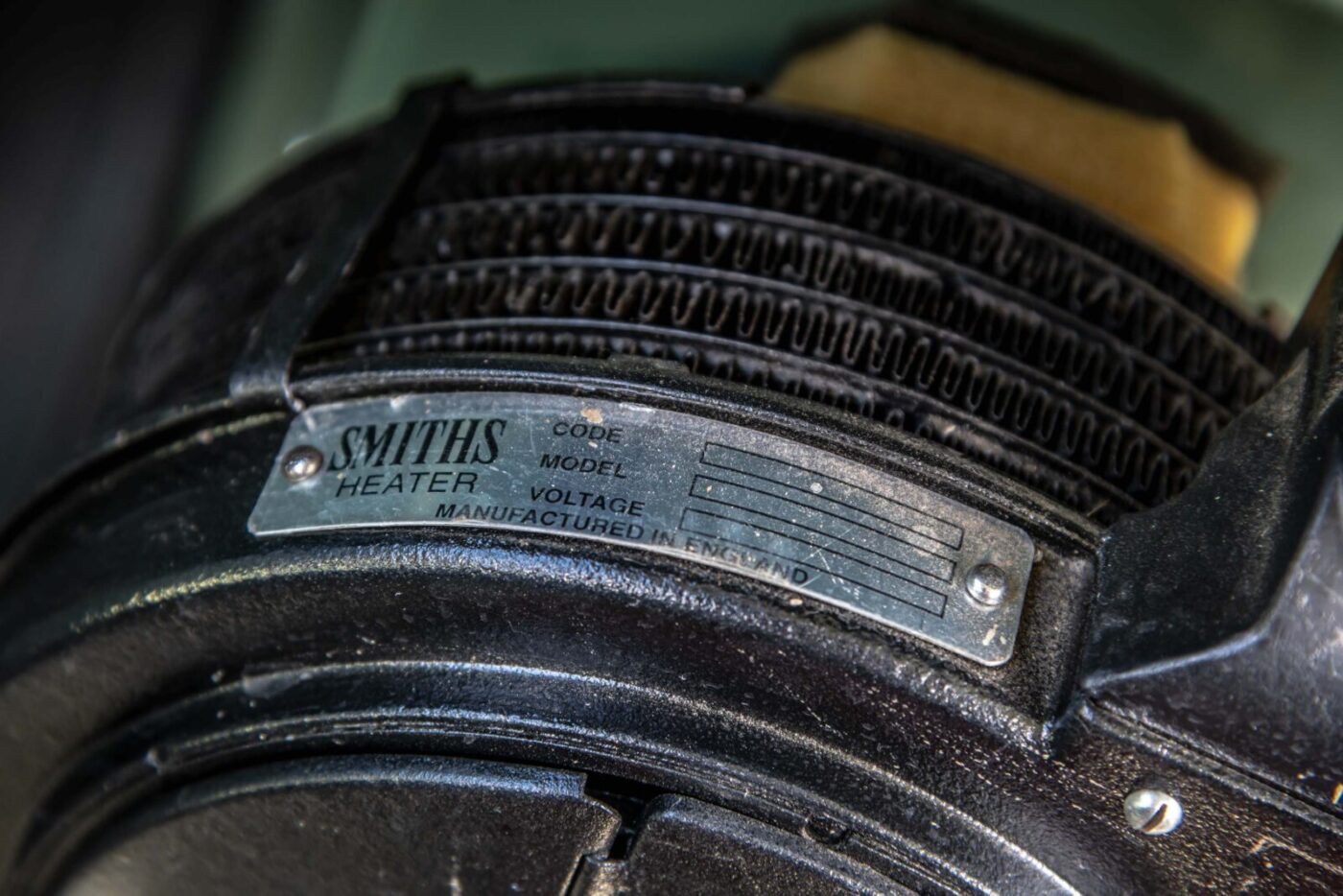
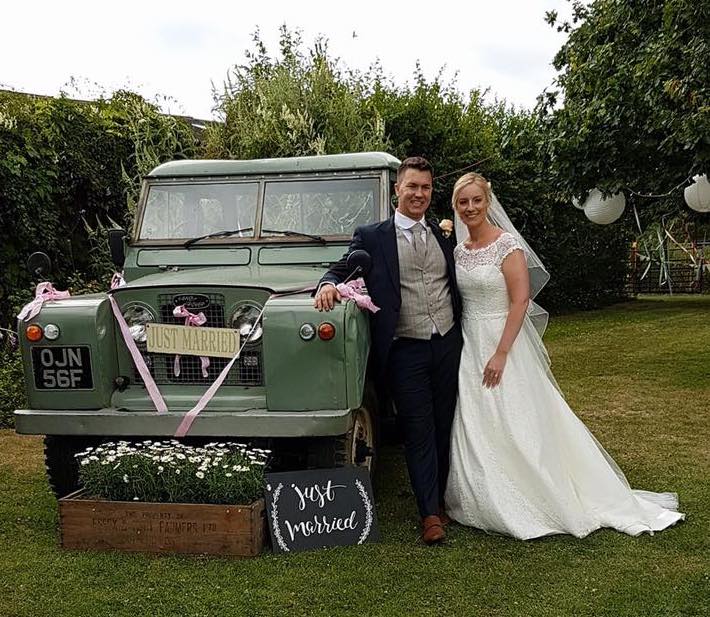
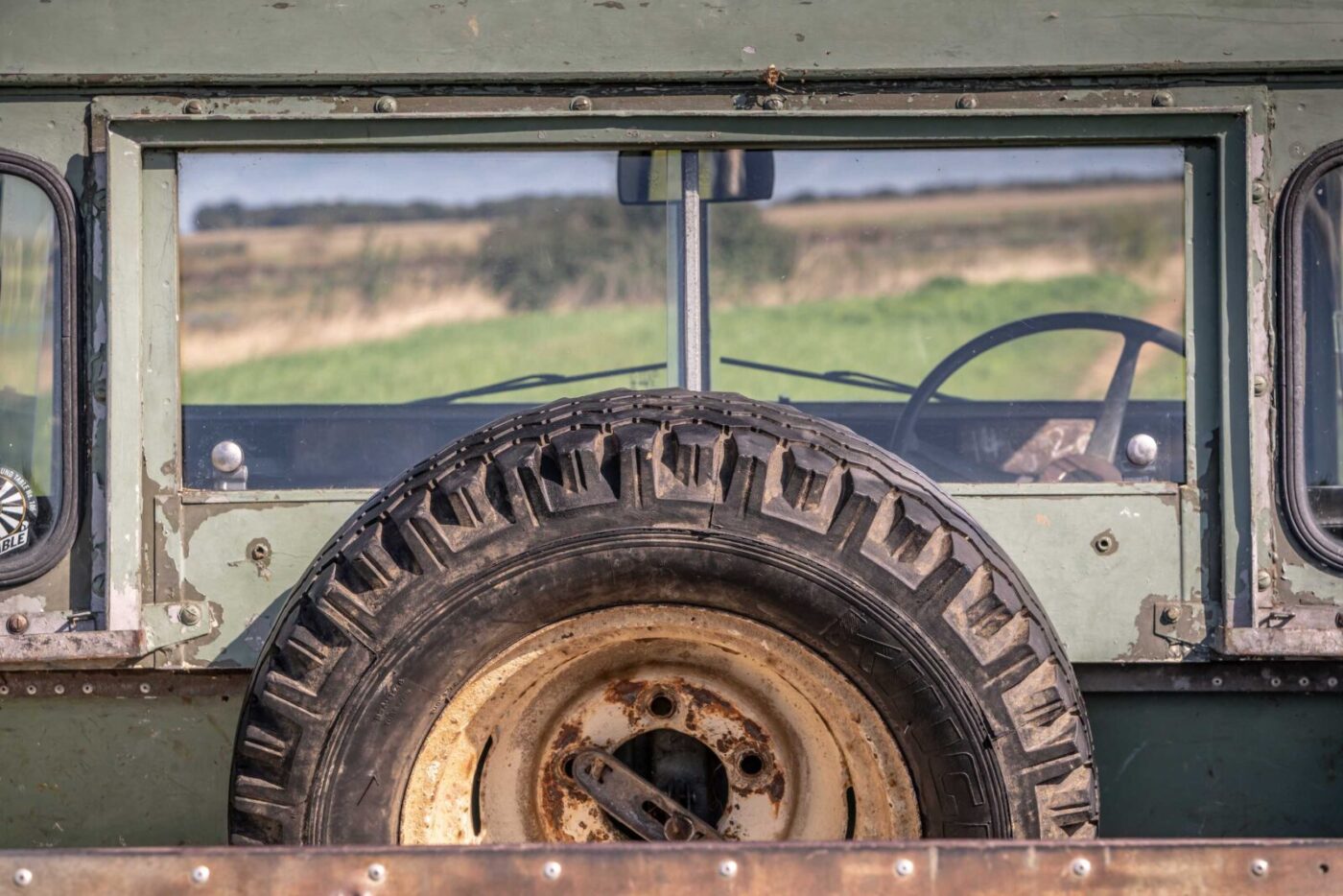
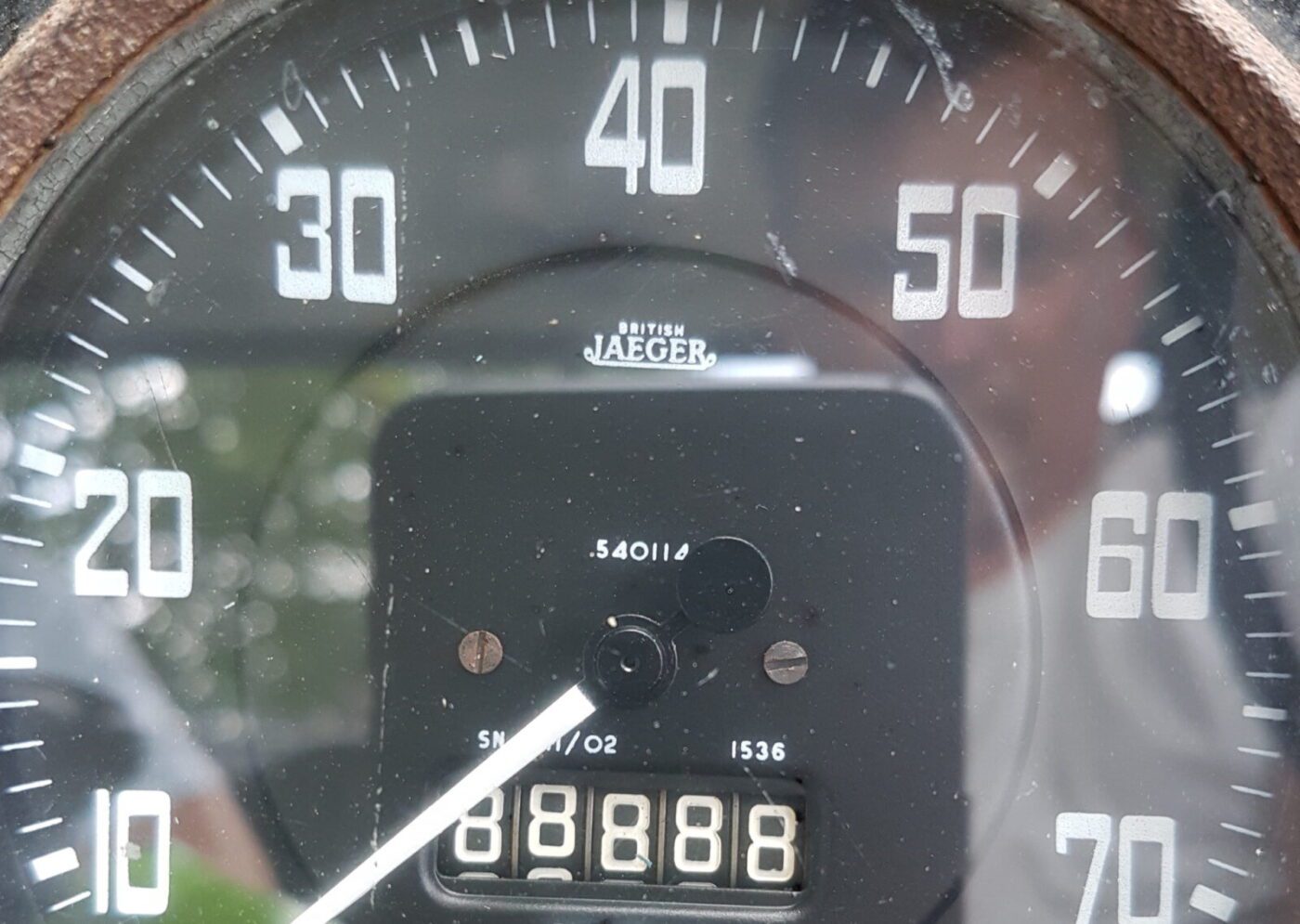
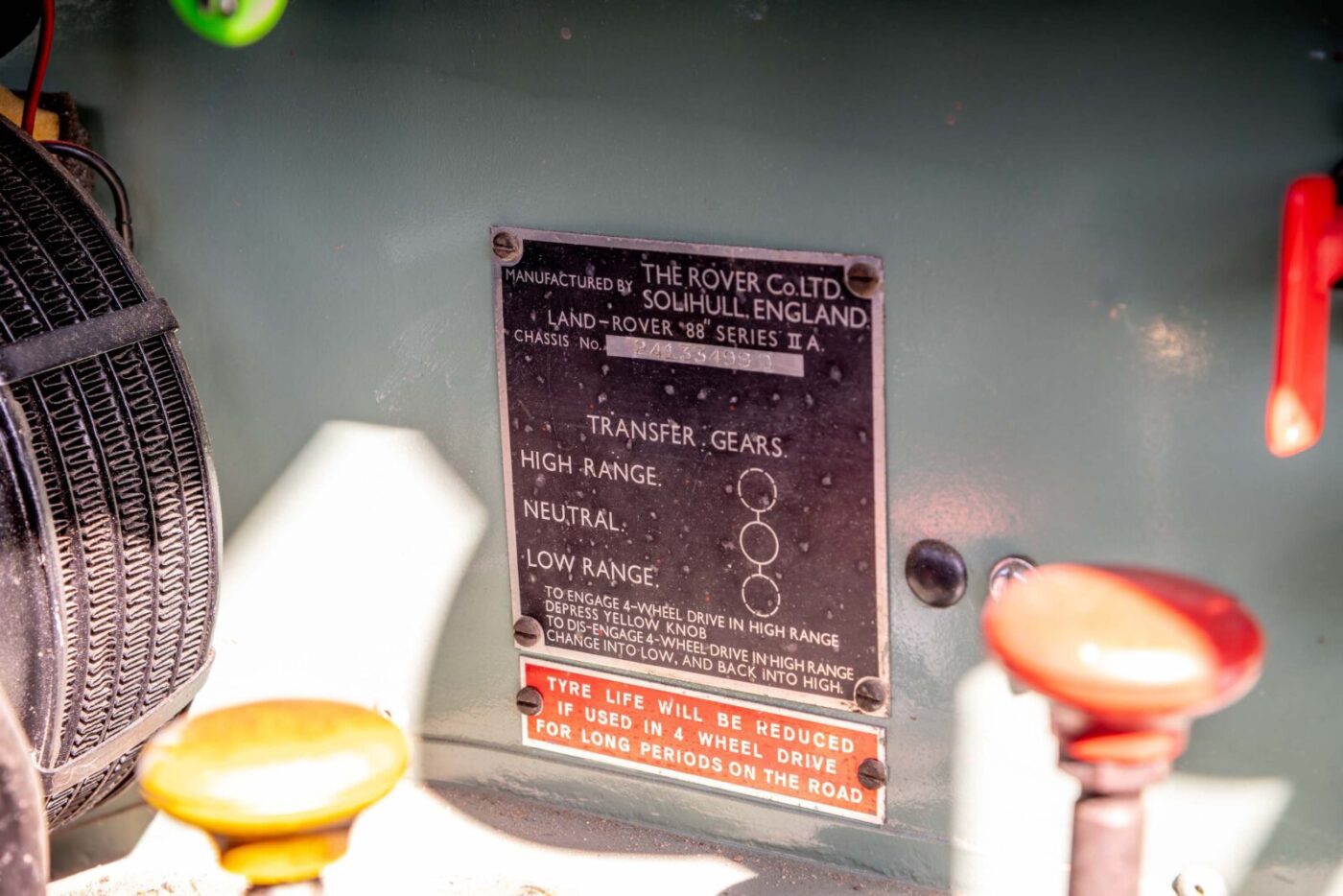
Restored properly
Then, about four years ago, an invitation by the local agricultural society spurred David into getting the car restored properly, while retaining its original character.
“I was asked if I would be president of the Rochford Hundred Agricultural Society, which my grandfather had started with a group of others in the early 1950s,” he says.
“The FJ Hurst & Sons Cup is still presented for the annual ploughing match, and I think some people knew how proud I was of that and were kind enough to arrange for me to be made president.
“I’m not a farmer, so it was an honour to be asked, and I thought it would be an opportunity to have the old Land Rover completely refurbished from the bottom up.”
As president, David would host the ploughing match, held after the harvest for people to show off their ploughing skills, on a borrowed farm, with the Land Rover the star attraction.
READ MORE ABOUT SOME OF OUR GREATEST CLASSIC CARS WITH

A series of articles on our Cult Classics site.
“Synonymous with my grandfather”
“The plan was to get it ready for display for that, because it was synonymous with my grandfather,” says David.
In the event, the match was cancelled because of the weather, but the new, improved Harry had been more than ready.
“I got to know a fantastic chap, a former Royal Engineer who worked with Land Rovers in the army and knows them inside and out,” says David.
“He took it apart and fitted a completely new chassis, and replaced the electrics and suspension, and welded the bulkhead with great artistry and care.
“The outside remains the same. We haven’t repainted it or replaced any panels, so from a distance it looks like a mildly scruffy series II, but underneath it’s mint.”
As well as the structural repairs, Harry has been lightly updated for the modern world, with subtle, but powerful, LED spotlights front and rear, new seat bases and backs to replace the sun-damaged and worn old ones, and a heated front windscreen.
“The heater is, at best, asthmatic, and when you have damp dogs in the car it fogs up on the inside,” says David, a consultant for an international conference business he set up in the late 1990s.
With the sympathetic restoration complete, Harry was guest of honour at the wedding last year of David’s daughter, Amy, bringing his own good luck message to the party.
“We had Harry pride of place outside the wedding reception,” says David. “He was used for a lot of photos.
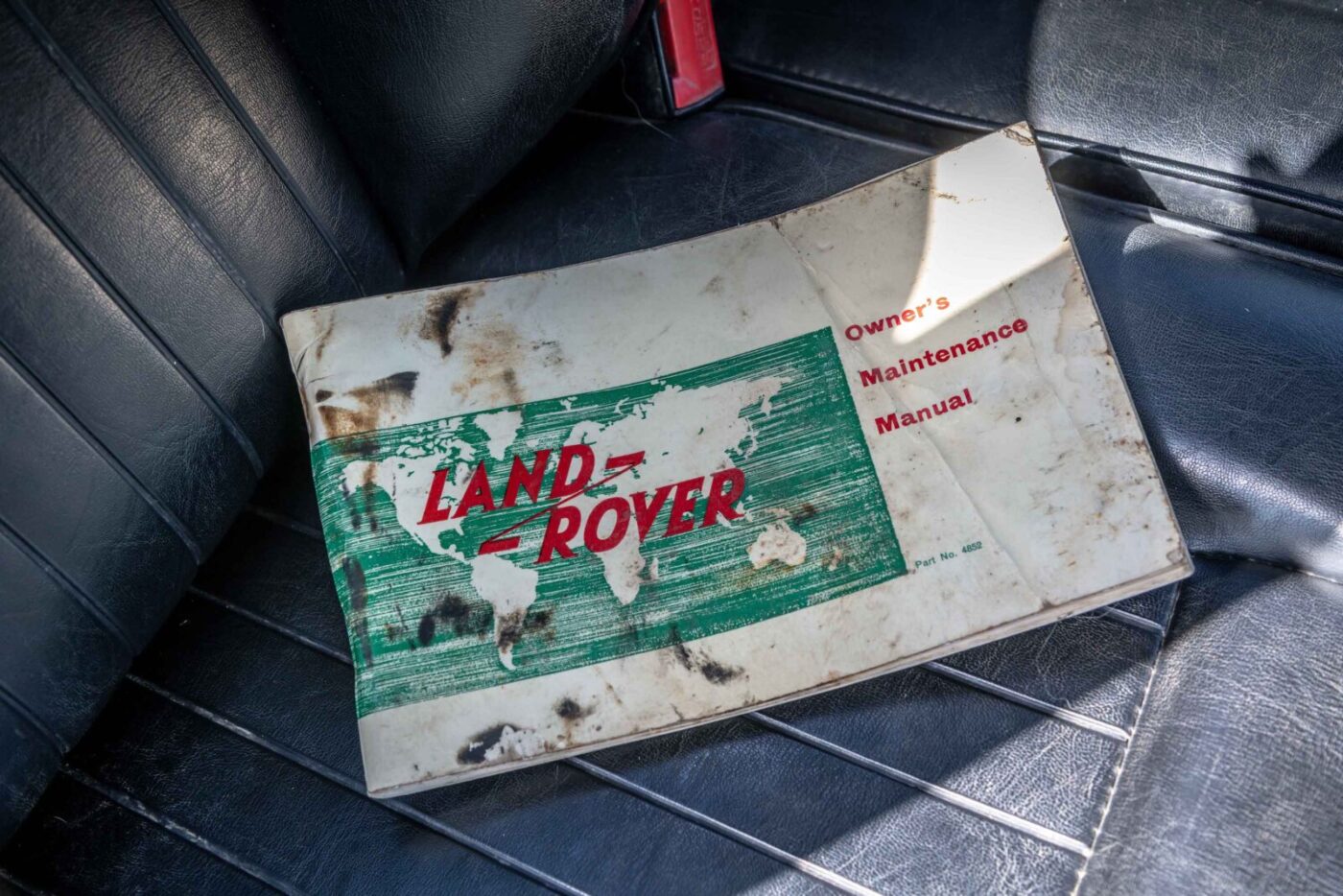
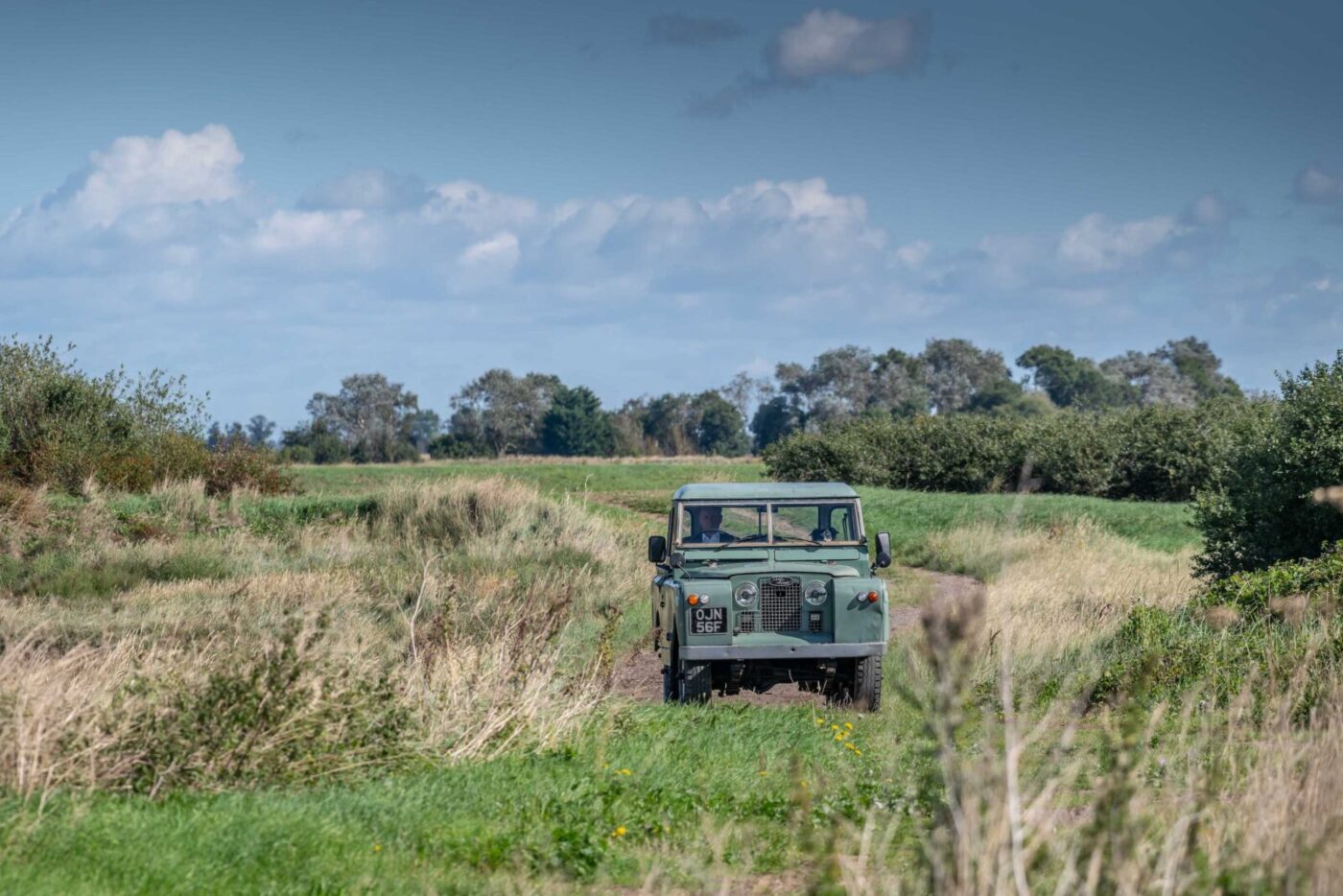
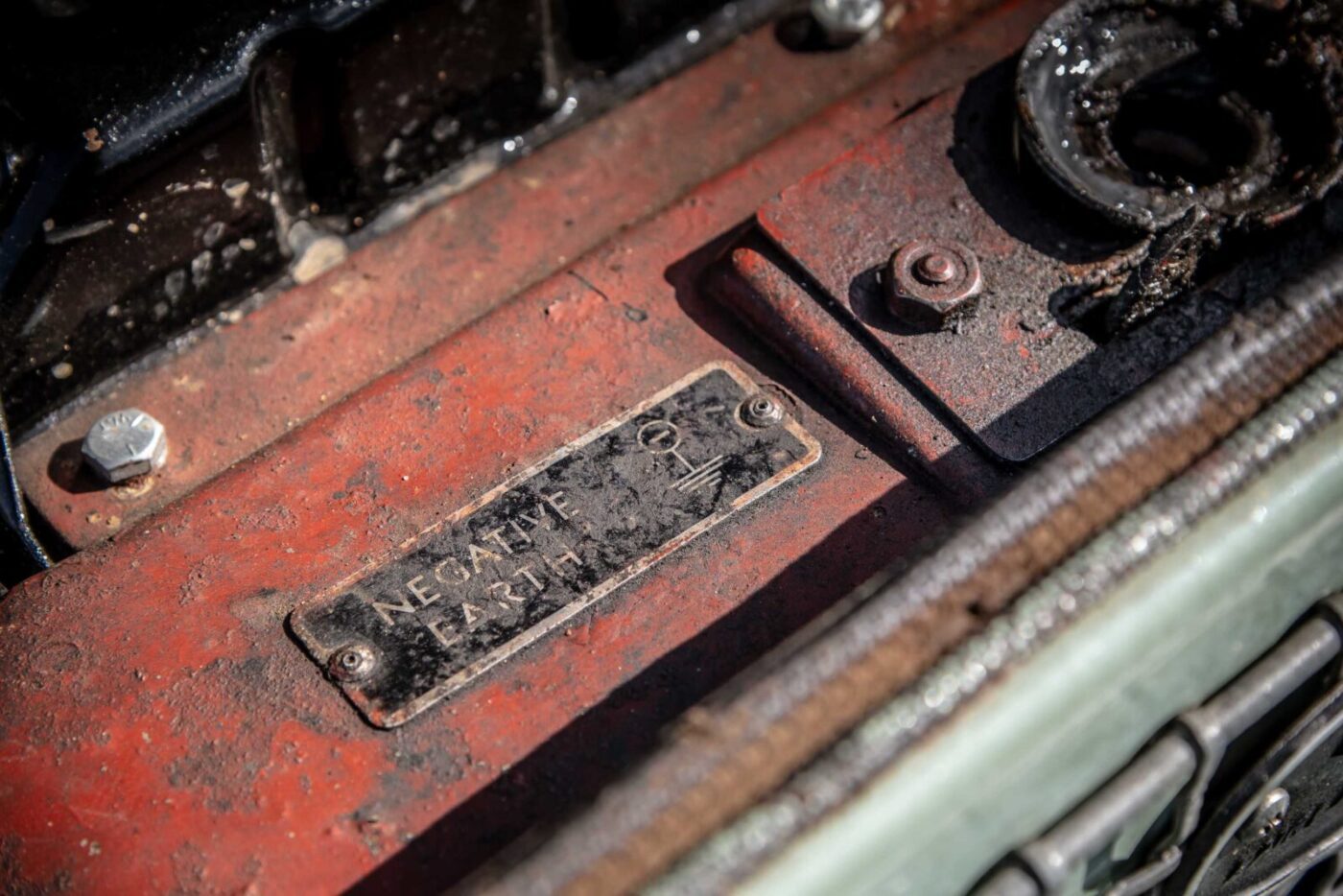
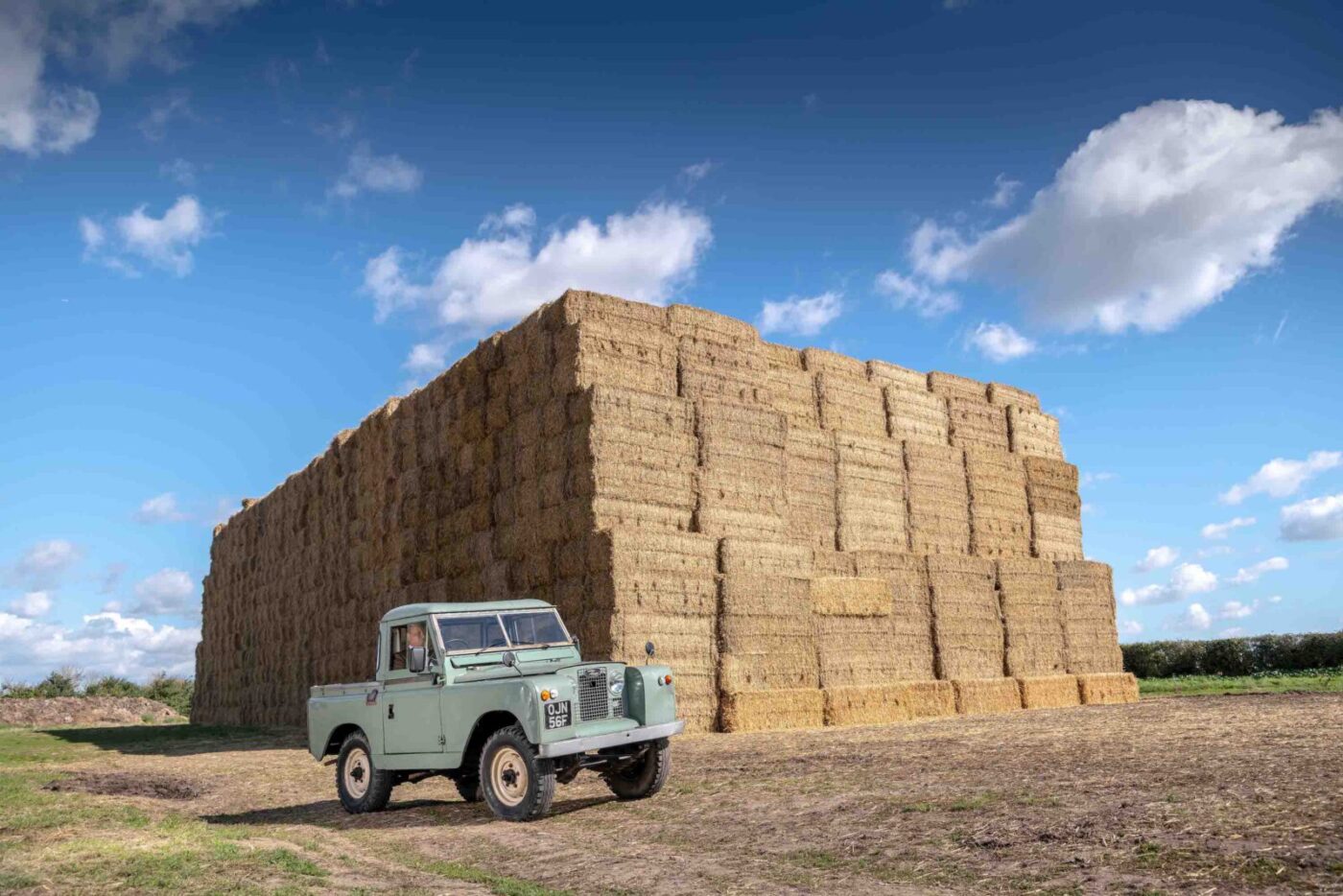
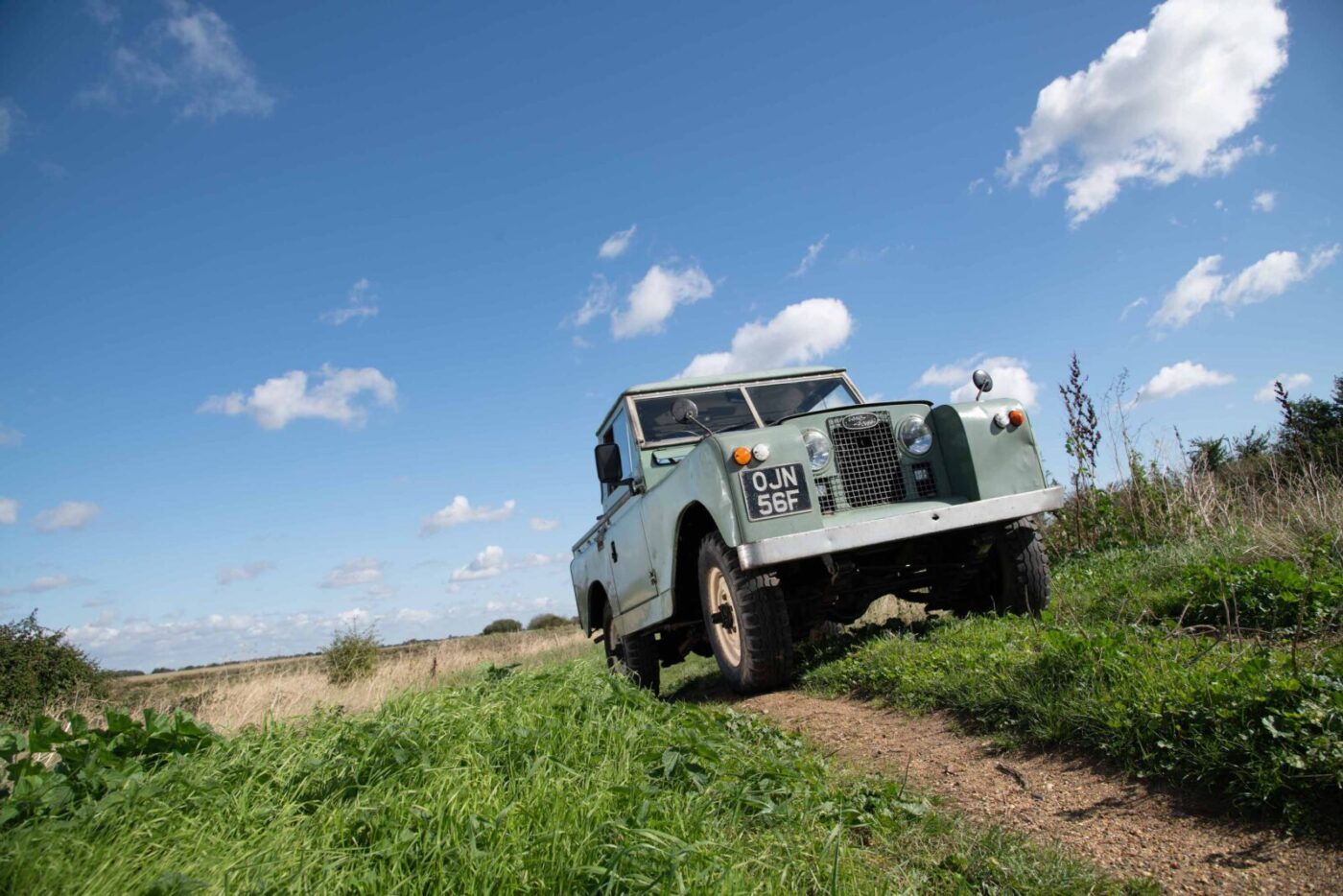
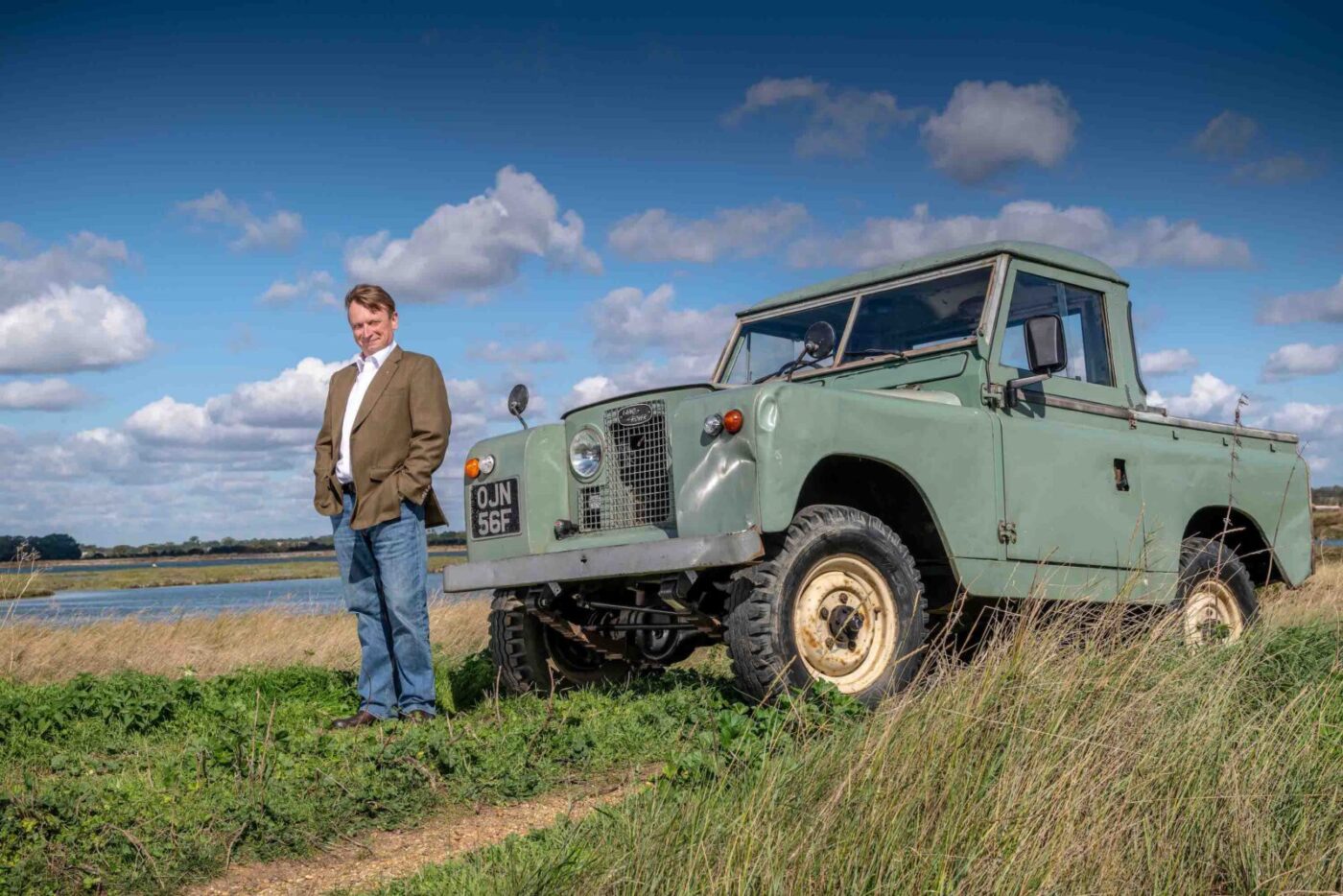
The milometer clicked over to 88888
“As I was driving him to put him in place outside the reception, the milometer clicked over to 88888 which, if you believe the Chinese, is a slam dunk in terms of luck.
“So I took a photo of it and sent it to my daughter and her new husband, from Harry the Land Rover.”
With such a rich family history, David hopes the old warhorse will remain in the family for a long time to come.
“It will stay running and in my ownership,” he says. “As to what will happen to it after that, I’m sure one or both of my daughters will keep it and use it so it stays in the family. Maybe one day I will have a grandson to leave it to.
“My grandad would be very happy to know I’ve still got it. He would chuckle to himself, without a doubt.”

